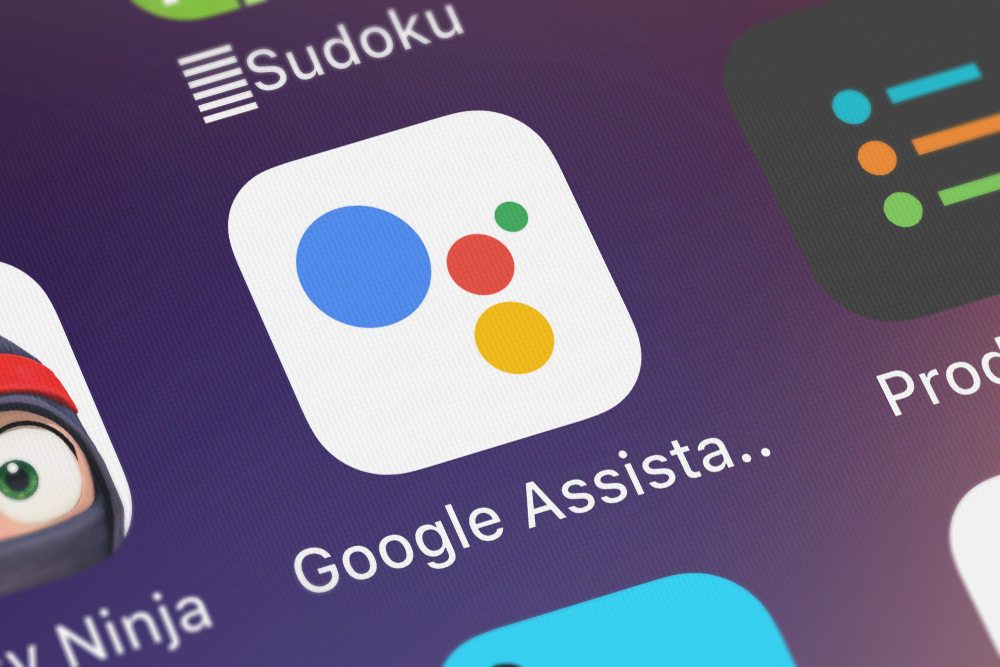Google Assistant Team Undergoes Major Reorganization
In a recent internal letter from Google, it was revealed that the Google Assistant team is undergoing a significant reorganization, which includes several layoffs and a shift to a team focused on integrating artificial intelligence tools into the virtual assistant. This restructuring was reported by Axios.

Enhancing the Assistant with Large Language Models
A key aspect of the reorganization involves “pumping” up the capabilities of the Assistant using large language models (LLMs), such as ChatGPT or Google’s Bard chat bot. A portion of the team has already commenced work on this project.
Optimism for the Future of the Assistant
Despite the changes, Google’s Vice President, Peyush Ranjan, and Chief Product Officer, Duke Doukellis, assured that they are deeply committed to the Assistant and optimistic about its future. They believe that LLM technology will lead to significant improvements in the virtual assistant’s performance.
Growing User Base and Integration with AI Tools
Google’s Assistant boasts a massive user base, with hundreds of millions of people relying on it every month. The integration of AI tools with the Assistant was first mentioned in March when Peyush Ranjan took over the leadership of Google Assistant development. Now, these changes are directly affecting the developers involved in the Assistant’s evolution, notes NIX Solutions.
About Google Assistant
For reference, Google Assistant is a virtual personal assistant developed by Google, initially unveiled at the Google I/O conference on May 18, 2016. It operates on the foundation of artificial intelligence and speech processing software, similar to Apple’s Siri or Amazon’s Alexa.
The Assistant is available on various mobile and home devices, including Pixel smartphones, Nest smart speakers and devices, smartwatches, smart displays, TVs, and vehicles through the Android Auto platform. Its widespread integration across these platforms has made it an integral part of many users’ daily lives.
